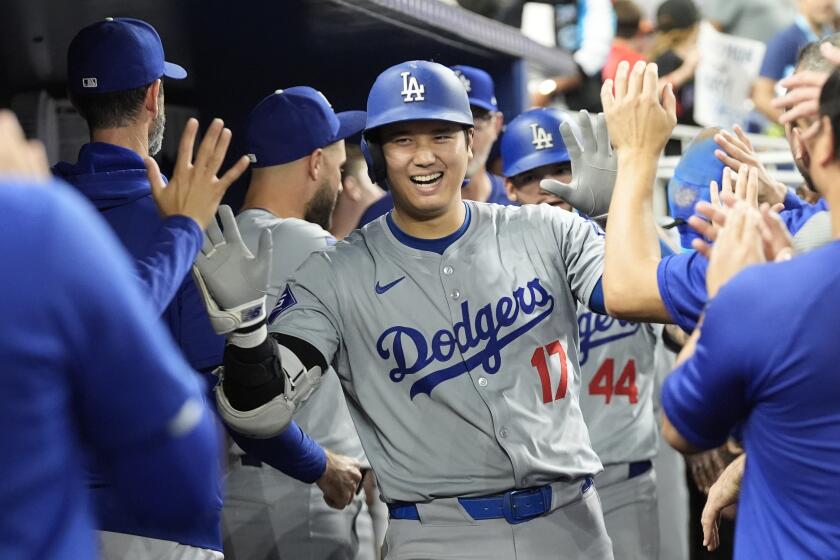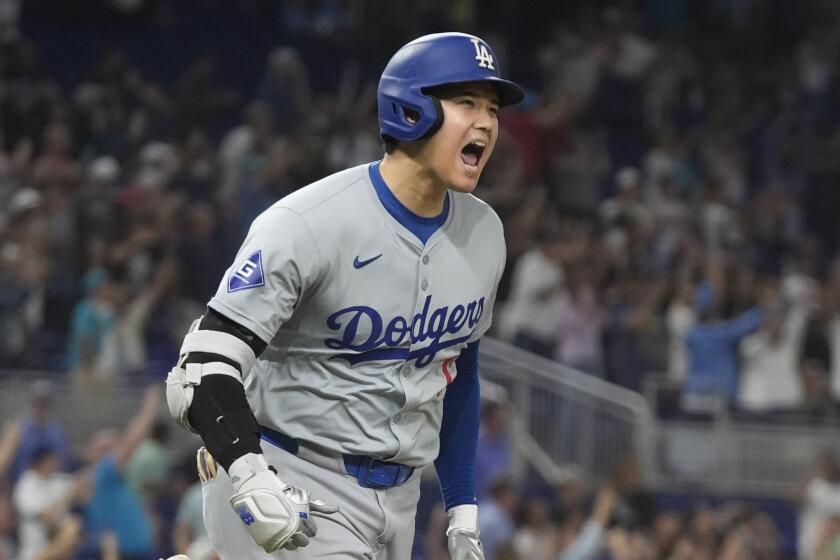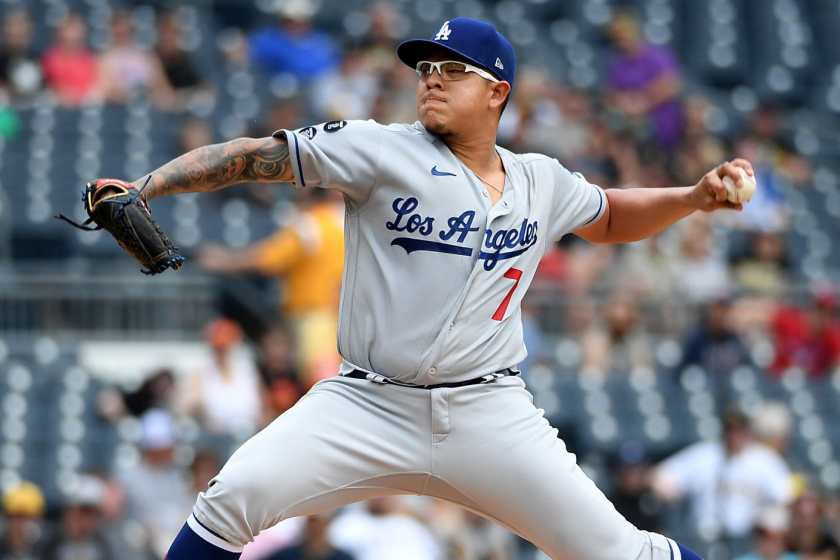There’s a youthful look in pro teams’ front offices — take Coyotes GM John Chayka

The man who once held the distinction of being the youngest NHL general manager secured the job with an 18-page rundown of the Toronto Maple Leafs organization.
The team’s cantankerous and often unpredictable owner, 85-year-old Harold Ballard, had wanted to hear from his longtime employee Gord Stellick about what went wrong in a first-round playoff loss in 1988.
“I thought, ‘What the hell, I might as well go at him,’” Stellick said. “He seemed a little taken aback. I said, ‘Do you want me to tell you what I really think or what you want to hear?’”
The report was thought-provoking enough to earn the 30-year-old the GM job. Though he lasted only 18 months, Stellick would not be supplanted as the youngest NHL general manager until May 5. That’s when the Arizona Coyotes prompted double takes from those in the sports industry management ranks by promoting 26-year-old John Chayka from assistant general manager to general manager.
“I lost to a guy by four years,” Stellick said in a telephone interview. “Wow. It wasn’t even like by an hour, a day or a week. My joke now is that I’m still the youngest ex-GM in NHL history because I only lasted 18 months.”
Chayka is the youngest GM on record among the major sports leagues in North America. There is a 16-year age difference between Chayka, the co-founder of Stathletes — a hockey analytics firm — and the second-youngest GM in the NHL, Stan Bowman of the Chicago Blackhawks, who is 42.
Toronto’s Lou Lamoriello, 73, Nashville’s David Poile, 66, and Pittsburgh’s Jim Rutherford, 67, were working as NHL general managers — all for other franchises — before Chayka was born in 1989.
“The easy thing would have been to push it off until I was at an age where it might have been more mainstream accepted,” Chayka said on a conference call when he was promoted. “But what we came down to is, in order to be successful in this organization, we just have to make the best decisions.’’
More and more teams are making the decision to break the experience code and hire young leaders who also have an eye on analytics.
Baseball has been the industry leader in terms of trending younger to round out its management ranks, dating back to Theo Epstein’s rise with the Boston Red Sox in 2002. Epstein, now with the Chicago Cubs, was hired by the Red Sox at age 28 and two years later the club won its first World Series in 86 years.
Three years later, the Texas Rangers promoted Jon Daniels, then 28, who became the youngest GM in baseball history. The Rangers went on to reach the World Series in both the 2010 and 2011 seasons.
Major league baseball has 11 GMs 40 and under, including the Angels’ Billy Eppler and the Dodgers’ Farhan Zaidi, an Massachusetts Institute of Technology grad. Two are 60 and over and the youngest is Harvard grad David Stearns, who was hired at 30 by the Milwaukee Brewers in September.
The last three GM hires in the NHL have been Pierre Dorion, 43, in Ottawa, Chayka and Tom Rowe, 59, in Florida. Five of the NHL’s GMs are 60 and over.
Could Chayka’s hiring be the start of a new age in hockey?
“It only takes one smart team to win a couple of Stanley Cups before the competitive engine gets set in motion,” said Dan Rosenheck, data editor and sports editor of the Economist. “I find it miraculous it’s taken this long.”
It’s been an exceptionally swift climb for Chayka. The Coyotes’ best playoff performance came in 2012 when they lost to the Kings in the Western Conference finals, two years before the born-and-raised Canadian graduated from the University of Western Ontario in London.
Chayka is no stranger to elite-level competition. Chayka, his sister Meghan and Neil Lane co-founded Stathletes Inc. — a statistical analysis program quantifying the performances of NHL players — and presented their concept at the Brown-Forman Cardinal Challenge, a business plan competition, in Louisville in 2011. Their entry tied for first place with one from Indiana University that had a concept based on a new generation of wind turbines.
The stakes are much higher now. Chayka went from winning $10,000 that day in Louisville to managing the hockey operations of a Coyotes franchise estimated by Forbes in 2015 to be worth $220 million.
“The success of some young general managers, such as Theo Epstein and Andrew Friedman, has been the example considered by other teams in hiring young general managers,” said sports law professor Glenn Wong, who is now at Arizona State after 36 years at the University of Massachusetts, and serves as outside counsel for the Baltimore Orioles.
“Experience used to be a very important factor in the hiring process. It has now taken a less important role in recent hires for some organizations. … Obviously, one of the factors that has taken increasing importance is analytics.”
While at Massachusetts, Wong wrote extensively on the job characteristics, qualifications and responsibilities of general managers in Major League Baseball, the NBA and NFL.
His baseball offering, from 2010, highlighted the differences in the front offices of the World Series teams in 2008 — the winning Philadelphia Phillies and the Tampa Bay Rays. At the helm in Philadelphia was 71-year-old Pat Gillick, a 45-year veteran of baseball offices.
On the other side was then 31-year-old Friedman, who had five years of major league experience and an impressive Wall Street background. Friedman is now the Dodgers’ president of baseball operations.
“Baseball started this trend. Other sports have followed,” Wong said. “However, it is not across the board. One of the interesting aspects has been the Cleveland Browns hiring a baseball person [former Dodgers GM Paul DePodesta]. Taking an analytics person from another sport is a new and interesting development.”
Chayka’s strengths go beyond his well-known analytics background, according to Coyotes President Anthony LeBlanc. He said Chayka’s recall and intelligence in the Coyotes’ war room at the NHL trade deadline in February stood out as a defining moment.
“The fact he can be in a room with people ranging from [NHL Commissioner] Gary Bettman to owners to other GMs and it doesn’t affect him in the slightest,” LeBlanc said in a telephone interview. “He talks to the most seasoned GMs the same way he talks to a scout within in our organization, which is a very rare thing.
“Ultimately, it’s his smarts. You spend five minutes with him and you realize this is really an intelligent guy. The one thing: He gets painted with this analytics brush. There’s no question that analytics is a big part of what he understands. It’s a big part of what we’re looking at, but it’s a small part of what John Chayka is. He just understands the game at a level that is uncommon for someone twice his age.”
Chayka had been the assistant GM in Arizona for the last year, working for widely respected and longtime GM Don Maloney, who was dismissed in April. Arizona is still in the market for an assistant GM, and Coach Dave Tippett was given a contract extension, a new title — executive vice president of hockey operations/head coach — and more authority in terms of decision making.
Said Kings Coach Darryl Sutter, who has been behind the bench in four decades and was once the Calgary Flames’ GM: “That generation may change what a general manager does.”
Baseball has pulled its front-office executives from varying fields: Wall Street, investment banking and engineering, among others. Braves General Manager John Coppolella famously pivoted from the tech industry to get his start in baseball, spurning a full-time job offer with Intel Corp. in favor of a low-paying internship with the New York Yankees.
The NHL still is very much a tribal community when it comes to hiring, but change is slowly coming.
“I do think it’s no different than any industry,” LeBlanc said. “If you spend time with people who have been in that same industry for a long time you’re going to have less development, less modernization than you would if you bring in outside voices.”
Chayka’s first significant test will come at the NHL’s entry draft at the end of June in Buffalo, N.Y. The Coyotes have the seventh pick, and the expected top pick is Auston Matthews, who was raised in the Scottsdale, Ariz., area.
According to Stellick, who knows what it is like to be in those young shoes, Chayka will have to be on guard. General managers trying to strike deals are just as unsparing as ever, and the new kid making trade calls is an enticing target.
“Older guys like Bob Pulford and John Ferguson, I thought they just moved in for the kill,” Stellick said. “Every call they made, I felt like saying, ‘Could you at least offer me someone who is on your NHL roster?’”
Chayka needed what he called “thick skin” and “grit” to get through his early start-up days with his analytics firm. Those qualities could serve him well in dealing with experienced hands more than twice his age.
“Pro sports teams have a tendency to follow success,” ASU’s Wong said. “So if the Coyotes’ new hire is successful, that it is more likely to be followed. How young is too young? It is clear that the person’s ability may be more important than their age.”
lisa.dillman@latimes.com
Twitter: @reallisa
More to Read
Go beyond the scoreboard
Get the latest on L.A.'s teams in the daily Sports Report newsletter.
You may occasionally receive promotional content from the Los Angeles Times.











